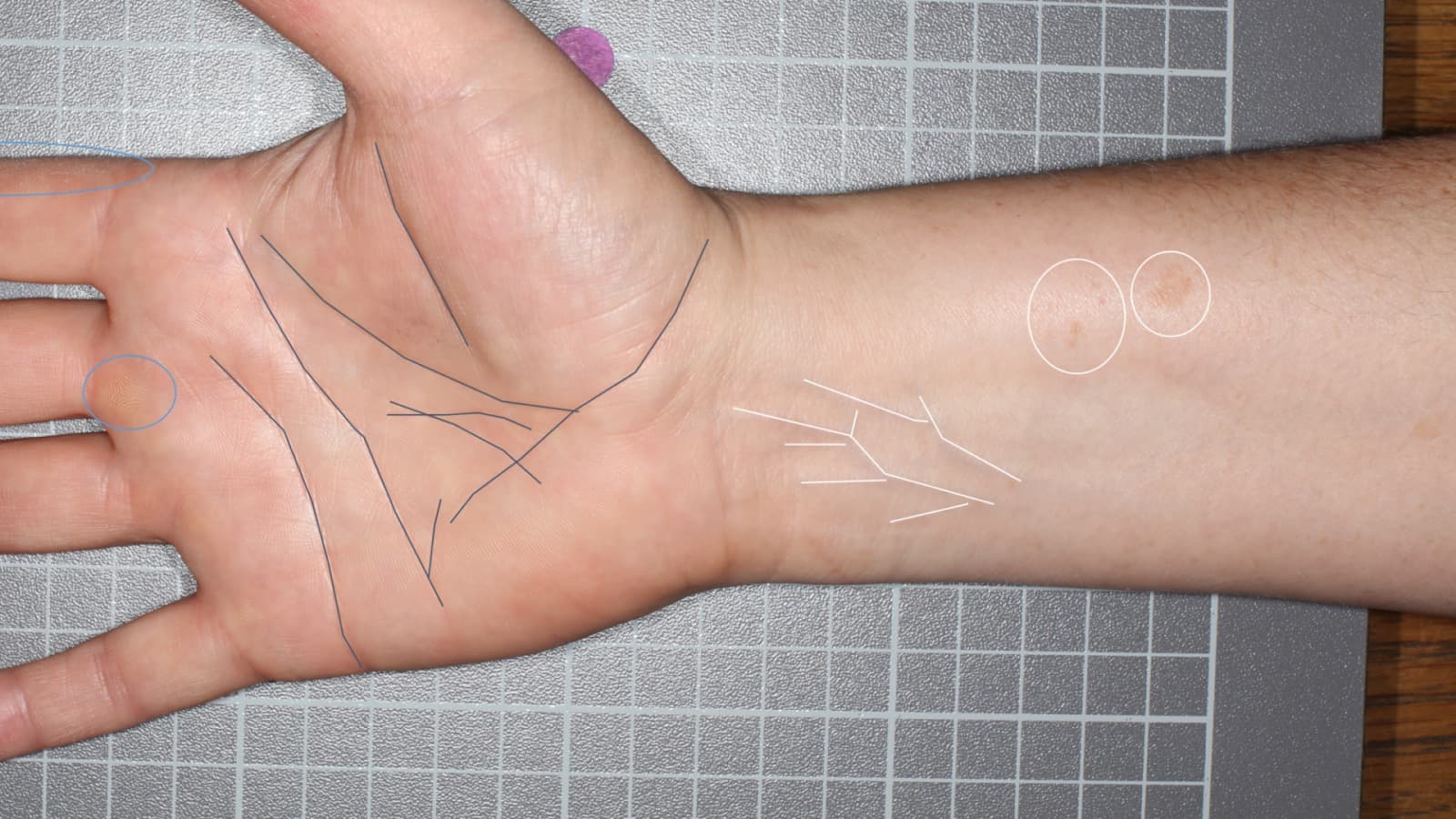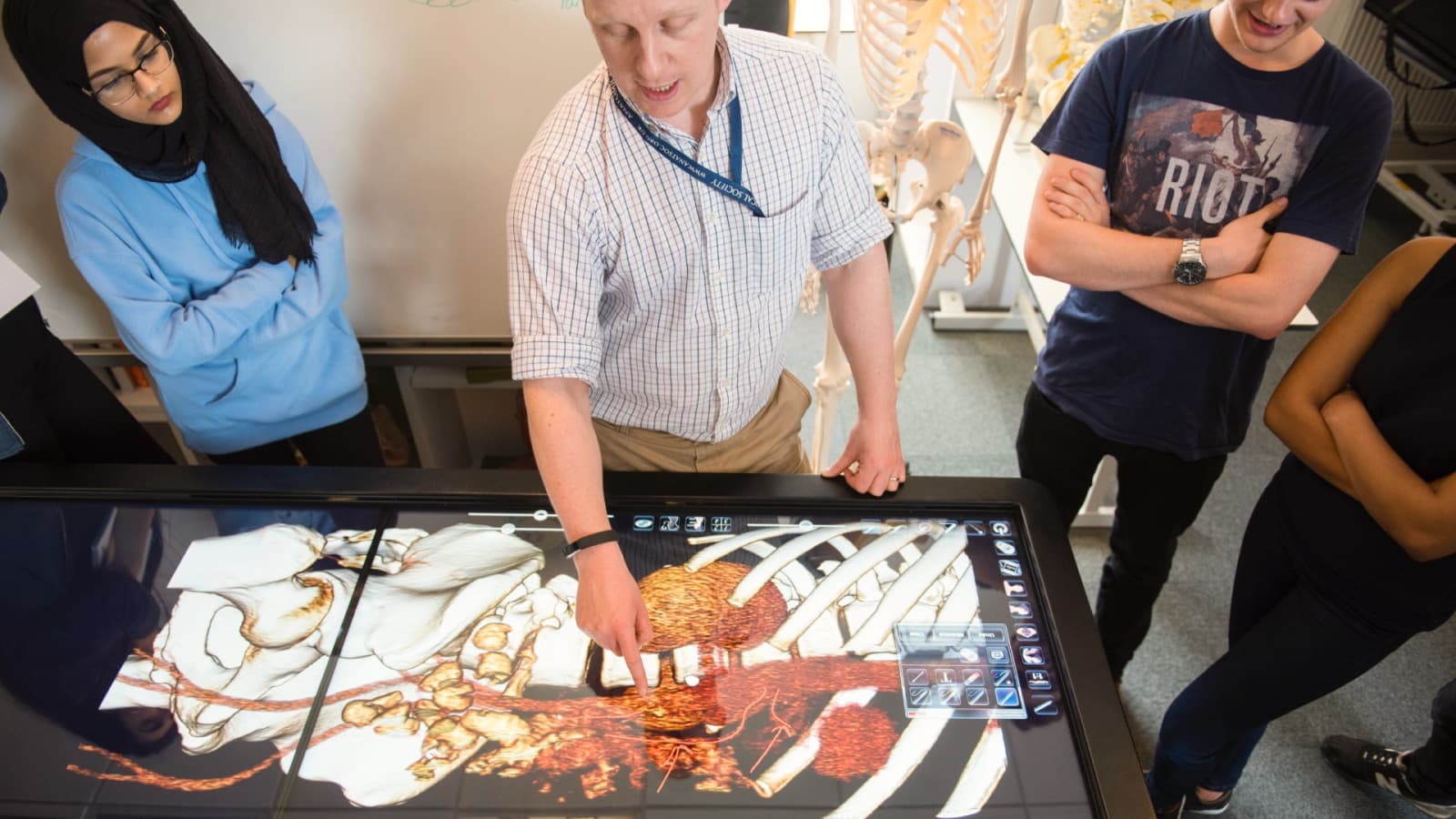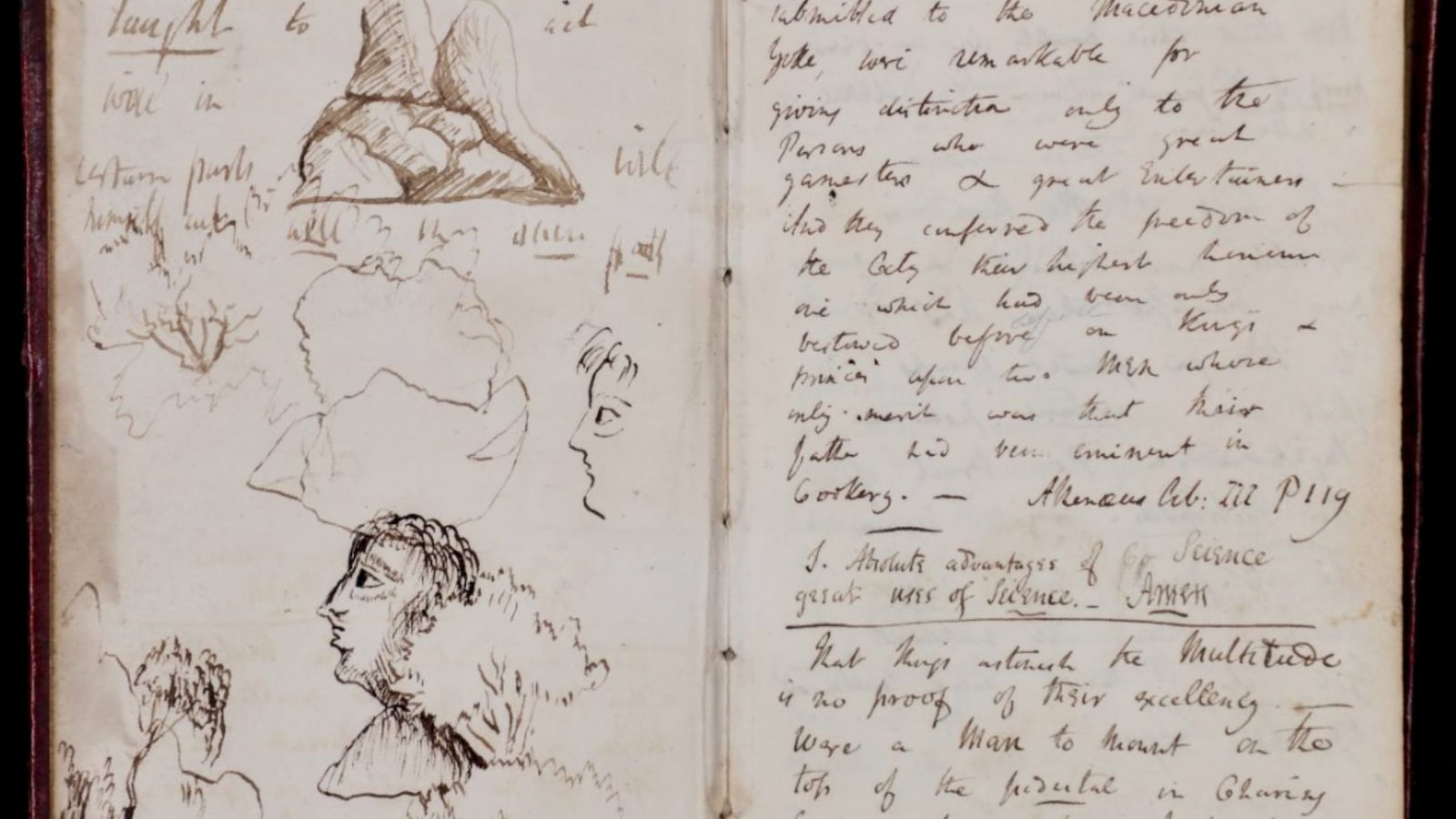Dr Yuille said, “This project is all about getting the public more involved in decision-making so they can influence and shape decisions that affect them and the world around them.
“Citizens don’t usually get to see, discuss, and understand the information we’re presenting. Technical modelling is done by experts and supplied to the government, proposing different scenarios which may work to reduce emissions. For example, if society radically cut meat from diets and switched to all-electric vehicles.
“But these models aren’t tested with the public. They’re hypothetical. This group, representing people of all ages and backgrounds from across the country, are presented with the best available evidence so they can reach conclusions about what would be socially acceptable and technically possible.”
Some of the key conclusions so far include the group recognising the impact of meat consumption on emissions and suggesting education, public engagement, and promoting meat-free products not as a substitute to meat but as alternative food in their own right as options rather than a regulatory top-down approach.
Dr Yuille added, “This is citizen power in real time. Interventions proposed by the group are then taken away and ‘plugged into’ models, and presented back to the group so they can see the effects their recommendations would have. We can keep on refining the models based on their feedback.
“It’s an invaluable process for policymakers because they get technical modelling combined with social intelligence. And it’s hopefully a valuable experience for our citizens as they explore and influence decisions that our government will need to take over the coming months and years.”

















